by Fane Hervey – Ninjutsu London
The Gyokko Ryu, meaning “School of the Jewelled Tiger”, is one of the oldest Japanese martial arts and one of the few that claims its origins from China. This is of particular interest to me, since I also practice Baji Zhandao kungfu, which like the Bujinkan, is made up of many different schools of martial art. This shows a link between the Chinese and Japanese arts that I practice. It is said that Gyokko Ryu’s development was based on Chinese Kempo. Personally I think this is too much of a generic explanation. In reality, according to Chinese Martial Art history, there are 3 likely origins: Shaolin, Muslim Chinese arts such as Jia Zi Quan (a very old martial art from west China, that later may have become part of Baji quan and Piqua Zhang) or Taoist arts such as Taoist wrestling which would later become Shuaijiao and the origins of tai chi. Jia Zi Quan is of particular interest, because the description of the movements, are not only very similar to Baji Quan, but also have similarities to the Gyokko Ryu. The style is based on quick, agile movements interspersed with sudden stops and steady still stances, performers are said to be `now moving like the wind, now standing nailed to the ground.`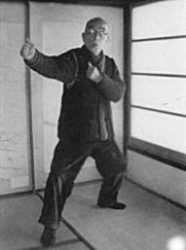
Gyokko Ryu is often described as requiring fast body movements, strong striking & blocking techniques, and needs to be both powerful and graceful. Yet the power and strength come exclusively from the refined way of aligning and structuring the body, as opposed to muscular contraction. Since most of the techniques of the Gyokko Ryu end with controlling the attacker, the originator, a Chinese General called Cho Gyokko, was thought to have been a defector from the Imperial Guard. If this is true then it is unlikely that he was Shaolin, since the monks did not often populate the Imperial guard, and they were not known for these types of controlling techniques. When we say controlling, this can include stamping on the the opponent when they are down, something that Kacem has pointed out as specific to the Gyokko Ryu. This is similar to the stamping that is found within Baji Quan and the Jia Zi Quan influence (a military art that specialised in Spear; no coincidence that this is also the description for Baji Quan or Ba Zi Quan as it was formerly called!). It should also be noted that the Muslim Communities during the Tang Dynasty were the main populace that made up the Imperial army! However, due to Empress Wu’s influence, Taoists were also influential, and also had many restraining and controlling techniques in their arsenal, so who knows, but I think we can be a little more specific than just ‘Chinese Kempo’ as the originator.
A Gyokko Ryu practitioner waits for the opponent to attack, in order to leave them with no chance. Once you have found the opponent’s weak point, attack this with all your strength, no mercy. This is the philosophy of the school. The mindset needed is to believe in certain victory! However, although one must destroy the force of the enemy, you should also endeavour to spare his life. These are high principles indeed, and more common to a Taoist or Zen Buddhist philosophy, as opposed to a Muslim one.
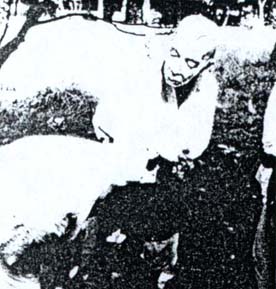
There are also other rules that apply to the personality of the student if they wish to practice Gyokko Ryu: “…a true warrior should always be aware of the responsibility he has towards his nation and his fellow man. He should forget his ego and take care of virtues like discipline, patience, and courage. However, in case of danger, he should keep his spirit free and remain silent. The techniques and knowledge acquired should not be passed to others without the explicit approval of the teacher.”
Today the Gyokko Ryu forms the technical basis of the Tenchijin – Bujinkan syllabus. Although it has been listed as a Ninjutsu school by the Bugei Ryuha Daijiten, it is more of a Bujutsu school. It has been passed down through the generations to Masaaki Hatsumi who is the 28th grandmaster.
Almost only the area of kosshijutsu (attacks against muscles and nerves) is taught these days within the Bujinkan. The only exception I have found to this is Kacem who has taught Gyokko Ryu Koppojutsu (bone breaking) elements in past seminars. At the same time, it’s techniques form a basis for the entirety of our taijutsu training. The most important elements are command of the forms of the five Sanshin (3 hearts) and the eight basic techniques – the Kihon Happo. This includes all the important fighting methods: blocking techniques, strikes, kicks and attacks against soft and hard parts of the body as well as joint locks and ‘throws’ (in reality, we do not do many throws, but more breaks and drops, since throwing requires hip rotation which we distinctly try to avoid). Furthermore, these eight basic techniques are also to be found in other Bujinkan Ryu, each with different feelings of movement and partly with different techniques. The ‘form of the five elements’, the sanshin no kata, also incorporates various styles. This is the preferred style out of which several scenarios for fighting techniques are practised.
The main feature of the school is the footwork. When a joint lock is being practised, this is not done using pure muscle strength but, by using skillful footwork and with retention of the joint lock, you move your body to apply pressure on the opposing joint.
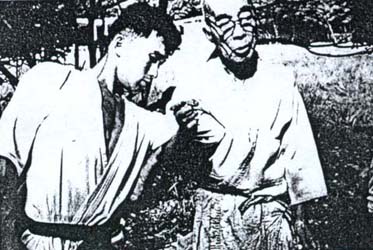 The three basic Kamae (spiritual attitude or posture) of this school show the role of the Boshi Ken as a weapon: in ichimonji no Kamae, hicho no kamae and jumonji no kamae, the thumbs always point upwards. This can be used effectively for catching and guiding a weapon or limb where you want it without having to grab it, plus it keeps the thumbs ready for pressure striking the body at unusual angles. The preferred position for defence is Migi no kamae (right leg in front) in order to protect the heart better against attacks.
The three basic Kamae (spiritual attitude or posture) of this school show the role of the Boshi Ken as a weapon: in ichimonji no Kamae, hicho no kamae and jumonji no kamae, the thumbs always point upwards. This can be used effectively for catching and guiding a weapon or limb where you want it without having to grab it, plus it keeps the thumbs ready for pressure striking the body at unusual angles. The preferred position for defence is Migi no kamae (right leg in front) in order to protect the heart better against attacks.
The Gyokko Ryu is known not only for its extremely effective kosshijutsu, but also for the effective use with the katana, tanto and bo staff. The weapons specific to the Gyokko Ryu are not often taught within the Bujinkan, but once again, as with the koppojutsu, with Kacem and Ishizuka Sensei, there is an exception.
To visit Fane Hervey’s site or more writing on Ninjutsu visit – www.ninjutsulondon.com

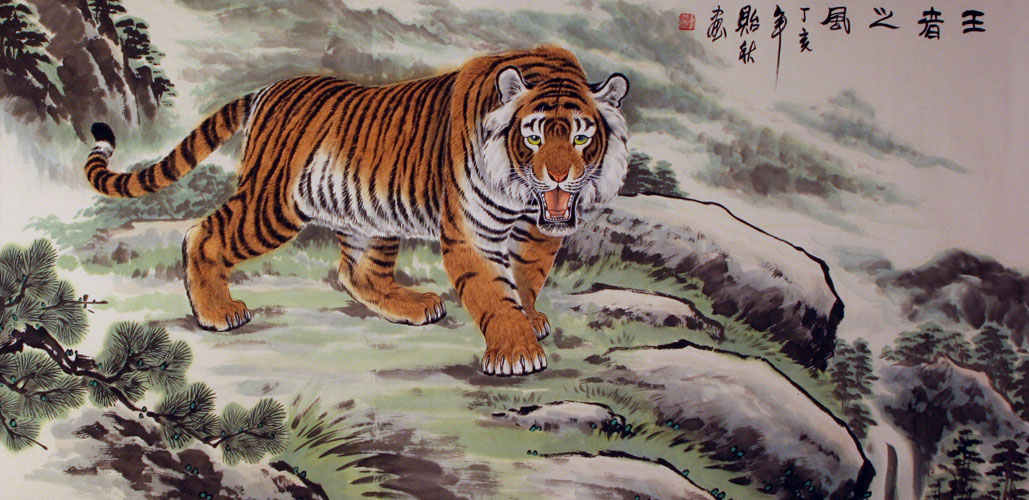
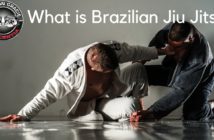
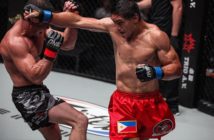
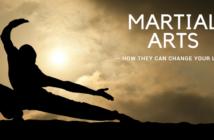
2 Comments
Gyokushin Ryu (Jeweled Heart school) The second ninjutsu ryu in the Bujinkan system was founded by Sasaki Goemon Teruyoshi in the mid 1500 s. Not much is known of this ryu except that it is an Iga ninja school and concentrated more on the espionage side of ninjutsu, rather than the fighting side. It is also known for its use of sutemi (sacrifice) throws.
college essay ideas help i need help with my essay